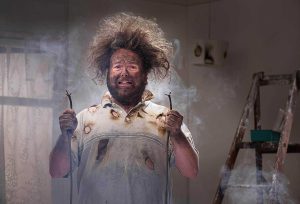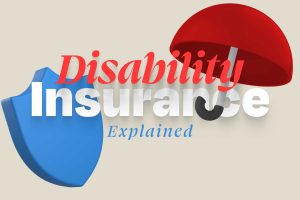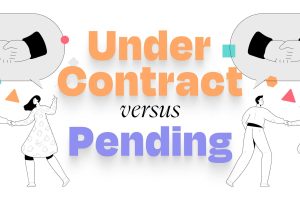Fix and flip is a red-hot strategy in real estate investing, and certainly a profitable niche. But many investors don’t have the capital on hand to finance a fix-and-flip opportunity. So how can you finance a fix and flip deal?
Just as homebuyers have access to mortgage lenders for homes they live in, real estate investors have avenues for borrowing money for buying and upgrading homes to resell using fix and flip loans. mortgage lenders for homes they live in, real estate investors have avenues for borrowing money for buying and upgrading homes to resell using fix and flip loans.
What Are Fix and Flip Loans?
A fix and flip can involve anything from minor repairs to near-total rebuilding. To get capital for purchases and renovations, investors take out fix and flip loans.
These loans are short-term, only covering the time it takes to buy, renovate, and resell homes.
Fix and Flip Loans vs. Conventional Mortgage Loans
Fix and flip loans are not to be confused with conventional mortgage loans.
The terms between the two are much different.
Conventional mortgages are repaid over 15 to 30 years. Most fix and flip loans have terms between 12 and 24 months.
Because fix and flip loans have such brief terms, they come with higher interest rates, too. A typical fix and flip loan has interest charges between 12% and 18%. Conventional loan interest rates are almost always single-digit percentages, as low as 2%.
Fix and flip loans are usually “hard money loans.” They’re managed by private companies and investors, instead of traditional lenders like banks. The collateral in a hard money loan is the property itself — the one the investor intends to fix and flip.
That’s different from a traditional mortgage, in which the borrower’s collateral can include credit, investments, and personal effects on top of the property.
Because of the short terms and private funding sources, fix and flip loans can be approved very quickly.
What Do Fix and Flip Loans Cover?
Investors use fix and flip loans to cover all the costs in buying, renovating, and selling a home.
These can include:
Fix and flip lenders look for dependability and experience in the investors they loan to. Credit scores aren’t usually that important since credit won’t be collateral. Lenders know that they can always take and resell the home at a profit if the borrower defaults.
That’s why requirements for getting fix and flip loans are usually easier to meet.
Advantages of a Fix and Flip Loan
Fix and flip loans can be great rehab deals for investors for several reasons:
Easier Requirements and Quick Turnaround
With less stringent rules for borrowing than banks, fix and flip loans can be approved and issued fast.
Some borrowers can even get their funds on the day of application.
Secure Investments and Less Risk
Fix and flip loans use property as collateral.
This includes the existing home structure and land.
In case of default, the lender just takes over the property and resells it.
The investor won’t lose any of their personal assets, such as the home they actually live in.
Shorter Terms
Most fix and flip projects are purchased, renovated, and resold within a year and a half.
With these shorter terms, lenders enjoy faster returns on their investments.
Because of the short term, investors aren’t penalized for repaying their loan too soon.
Disadvantages of a Fix and Flip Loan
There are some risks with fix and flip loans, especially for inexperienced investors.
High Interest Rates
Hard money loans are short-term and high-risk. That means the interest rates are far higher than with other loans.
Shorter Terms
The short terms of fix and flip loans can also be disadvantages. The investor has to complete renovations and repay their loans before the term expires. If they don’t, they’ll face the loss of their investment.
They’ll also be considered high-risk borrowers, making it harder for them to land rehab deals in the future.
Alternatives To Fix and Flip Financing
Hard money loans are usually the route most fix-and-flip investors take, because:
But there are other avenues for fix and flip loans that investors can consider.
Home Equity Line of Credit (HELOC)
Lenders offer investors credit based on the value of their primary home and equity. Borrowers can withdraw funds when they need to.
Cash-Out Refinancing
Investors can refinance mortgages on an existing property, which pays off outstanding loans. They then use the extra cash they get toward a fix-and-flip.
Property Line of Credit (LOC)
This works much the same as a HELOC. The difference is that the borrower offers investment properties for collateral, rather than their personal home.
Crowdfunding
Some websites offer direct access to funds from approved, private individual investors. Multiple investors can contribute to a single fix-and-flip project.
The Bottom Line: Fix and Flip Loans
Fix and flip loans offer instant liquidity for those interested in real estate investing.
They’re not for the timid, and their terms need to be met without exception.
But for experienced investors seeking new ways to channel profits, fix and flip loans are great opportunities to fund the next real estate deal.












